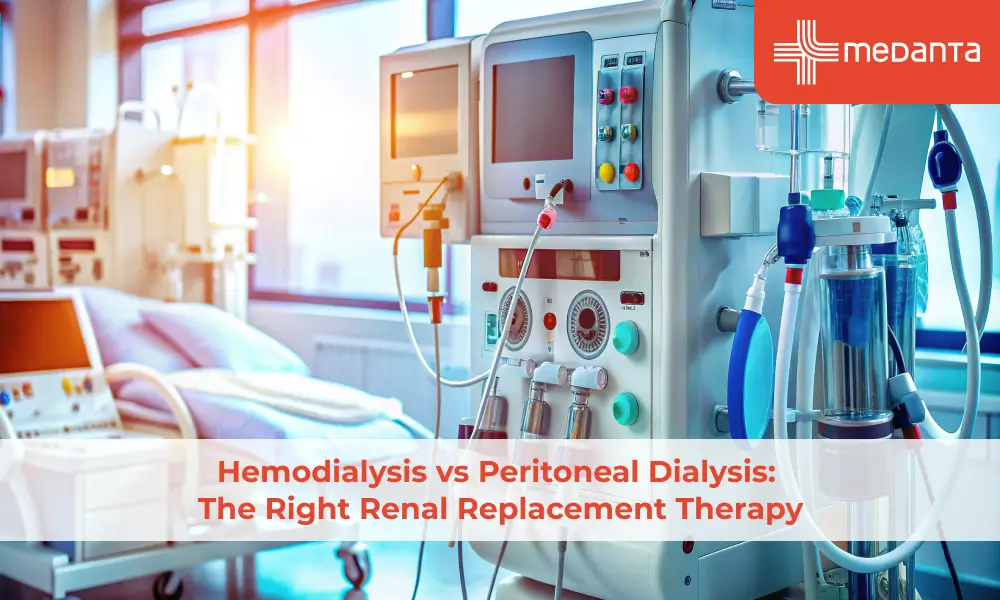Having Irregular Periods? Here’s How to Predict your Ovulation

What is an irregular period?
Only 15% of women have a 28-day cycle. The normal length of the cycle can vary between 22 and 35 days. As long as your cycle runs a similar amount of days each time, your cycle is called regular. But, if you can not predict the date within 2 days before or after, your periods will be called irregular. Factors like stress, thyroid conditions, PCOS, and fibroids can cause irregular periods.
What are the typical signs of Ovulation?
Rise in basal body temperature, typically 1/2 to 1 degree, measured by a thermometer
Higher levels of luteinizing hormone (LH) on a home ovulation kit
Cervical mucus, or vaginal discharge, may appear clearer, thinner, and stretchy
Breast tenderness
Bloating
Light spotting
Slight pain or cramping in your side
Do irregular periods affect ovulation?
Almost every woman ovulates about 14 days before her next period, whether she has regular or irregular menstrual cycles. The problem is only that it becomes hard to predict the best time to conceive with irregular periods. Some women with irregular periods do not ovulate at all. Women who do not ovulate generally do not experience typical period pains, such as cramping and their periods are light or heavy in flow.
How can you track ovulation when you have irregular periods?
The first sign to look for is mucus secretion. If there is a lot of clear sticky discharge in the middle of your cycle, it usually means ovulation is probably occurring. This is the result of an increase in oestrogen.
Keeping track of your body temperature is a good way to identify ovulation, but you should be using a sensitive thermometer that can differentiate with a resolution of 1/100 degree. The progesterone causes the body temperature to elevate around ovulation by ½ degree Celsius. However, temperature indicates that the egg is released and the most fertile period is just before it does.
Ovulation Predictor Kits available over-the-counter help to determine the levels of Luteinizing Hormone (LH) and when this level spikes, it means ovulation is likely to happen in the next 24 hours or so.
Charting your cycle may help you see patterns you may not have been aware of. Always try this before determining you have irregular periods.
Conclusion:
Women with irregular periods face a double challenge in getting pregnant. First, the number of cycles and hence the number of times she can get pregnant in a year is lesser and when it does happen, it becomes difficult to predict when. To get over these challenges, it is advisable to use a combination of methods- charting your cycles, checking for mucus, tracking body temperatures and using home ovulation test kits month-on-month.
While doing all these steps, it is important to maintain a stress-free mind. Or you may contribute to irregular periods through the stress about getting pregnant and predicting dates alone.






